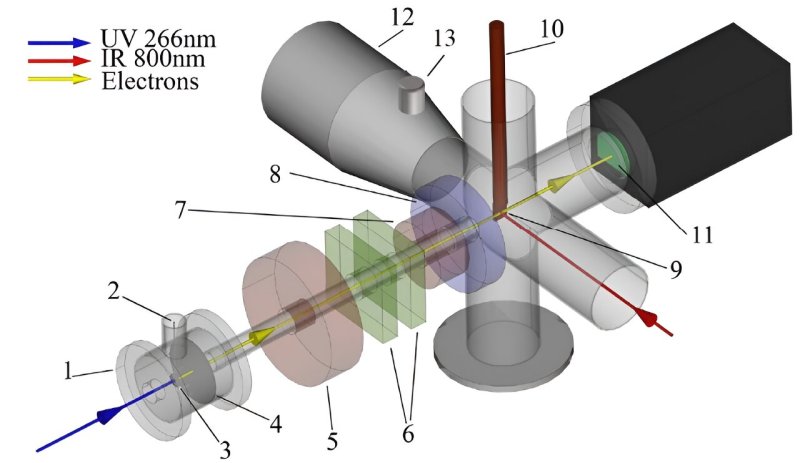Hidden states are a fascinating aspect of matter, as these can not normally be reached via natural processes (i.e. non-ergodic), but we can establish them using laser photoexcitation. Although these hidden states are generally very unstable and will often decay within a nanosecond, there is evidence for more persistent states in e.g. vanadates. As for practical uses of these states, electronics and related fields are often mentioned. This is also the focus in the press release by the Ecole Polytechnique Federale de Lausanne (EPFL) when reporting on establishing hidden states in magnetite (Fe3O4), with the study published in PNAS (Arxiv preprint link).
[B. Truc] and colleagues used two laser frequencies to either make the magnetite more conductive (800 nm) or a better insulator (400 nm). The transition takes on the order of 50 picoseconds, allowing for fairly rapid switching between these metastable states. Naturally, turning this into practical applications will require a lot more work, especially considering the need for femtosecond pulsed lasers to control the process, which makes it significantly more cumbersome than semiconductor technology. Its main use at this point in time will remain a fascinating demonstration of these hidden states of matter.















Please be kind and respectful to help make the comments section excellent. (Comment Policy)